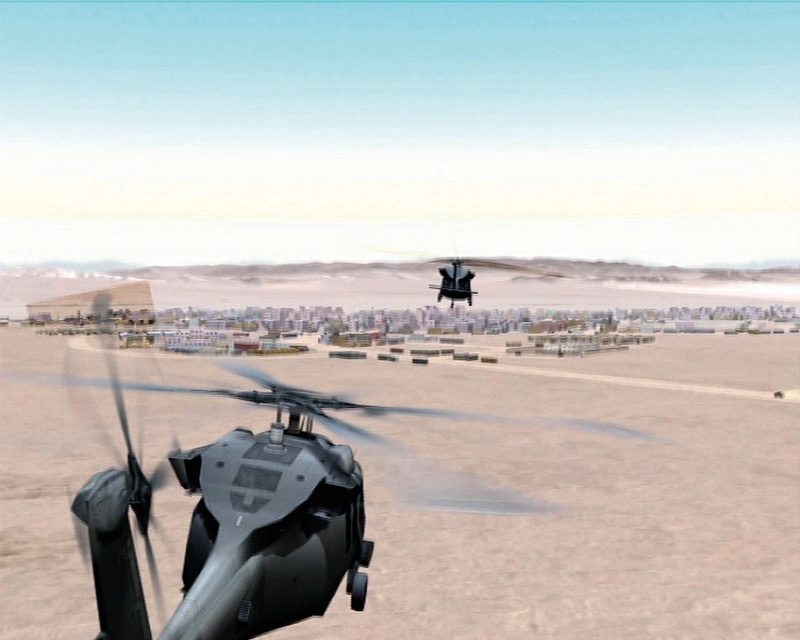Ryerson Image Centre, Toronto
17 September to 7 December, 2014
By Elisa Julia Gilmour
On September 17, 2014, the Ryerson Image Centre (RIC), an institution that collects, researches, and exhibits historical and contemporary lens-based imagery, opened three new exhibitions on war imagery: how it is produced, constructed, distributed, and received. As I have previously observed with delight of exhibitions at the RIC, the uniting of these shows – DISPATCH: War Photographs in Print, 1854–2008, curated by Thierry Gervais; Harun Farocki’s Serious Games I–IV (2009–10); and Drone Wedding by Public Studio – makes for an engaging and challenging reading of the subject.
Curated by Gaëlle Morel, Serious Games I–IV (2009–10) presents four video works by German filmmaker Harun Farocki. His pieces show a fascination with the world of images, particularly moving images, which he believed are cyclically perceived and perpetuated as representative of our social identity. His body of work, spanning a forty-year career from the 1960s to his recent death in 2014, is composed of over 120 films, videos, and installations. He examines our relationship with contemporary concerns, such as warfare, capitalism, and surveillance, as a means of analyzing the different kind of violence that each evokes. Although Farocki is renowned for his essay-films, it is through his simultaneous use of various media – film, video, animation, and installation – and the circulation of his works in different institutions that he makes his audience consider the subject as a complex system made up of multiple blurring planes of reality.
Serious Games: I–IV investigates the animation technologies that have been developed for the purposes of recruiting, training, and treating soldiers of the U.S. Marine Corps. These tantalizing visual technologies, with their sophisticated ability to simulate the world that we live in – the nearly infinite range of temporal, atmospheric, and environmental conditions – are being used not only to recruit, train, and treat U.S. soldiers but also to blur the distinction between documentary, animation, and reality, begging the viewer to look beyond their visibility. Farocki’s four videos share the same structure, which can be reduced to three principal perspectives: the documentary-style perspective on the instructor, psychologist, or professor fabricating or controlling the simulation; the documentary-style perspective on the soldier interacting with the simulation through virtual gaming or memory re-enactment; and the animated simulation itself.
Morel creates a dramatic spatial framework within which Farocki’s work immerses the viewer in an alternate multi-perspective reality. The exhibition begins in a bright, narrow hallway and continues through a second hallway in complete darkness, with black walls and floors, which leads to a dimly lit square room. Entering carefully, we position ourselves in the centre of a kind of cycloramic display of four separate large-scale videos projecting across three walls. Three of the films – Serious Game I: Watson is Down, Serious Game III: Immersion, and Serious Game IV: A Sun with no Shadow – are two-channel video projections, and Serious Game II: Three Dead, is a single-channel video projection. The “serious games” are synchronized to play one at a time, forming a narrative that travels from one wall to another, shifting our orientation in the space through sound and light.
As exhibitions curator at the RIC since the centre opened in 2012, Morel has been exploring the space that seemingly “surrounds” the image – a concern that she explored extensively as guest curator for the 2009 edition of Le Mois de la Photo in Montreal, The Spaces of the Image. In Serious Games: I–IV, she has explored three distinct areas that make up the U.S. Marine Corps, from multiple perspectives mediated by Farocki’s cinematic production and as an installation in an art institution. We may find it challenging to reconcile the fact that we are looking at U.S. soldiers playing Virtual Battle Space 2, and at recruitment animations created for the Marine Corps by Maraizon International, and at Virtual Reality Exposure for Post-Traumatic Stress Disorder from a workshop for U.S. Force psychologists at the Madigan Army Medical Center at Fort Lewis. But it is this very challenge that fulfils our desire to understand war as a shared concern experienced on multiple planes. If the utilization of technologies in warfare reflects and affects the culture we live in, the joint efforts of Farocki and Morel demonstrate a beautiful and eerie rendering of the spectacle of war made of sophisticated and overlapping visual information that is sustained by recruiting, training, and treating.
Elisa Julia Gilmour is an emerging Canadian artist producing analogue photographic and cinematic work. Through the use of ephemeral materials, her installations draw attention to the fleeting nature of gestures and gazes in portraiture. She is currently pursuing a master’s degree in visual studies in the studio arts stream at the University of Toronto.


